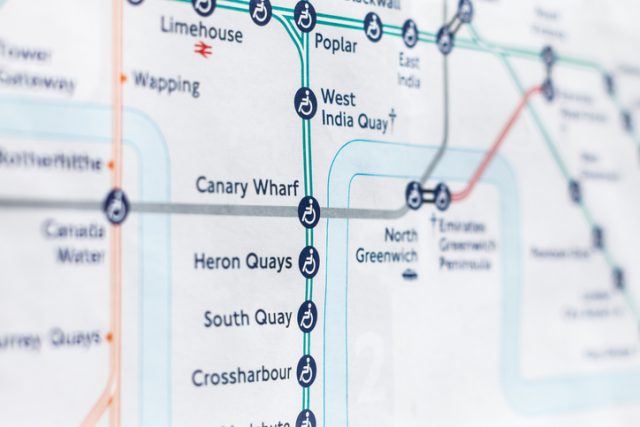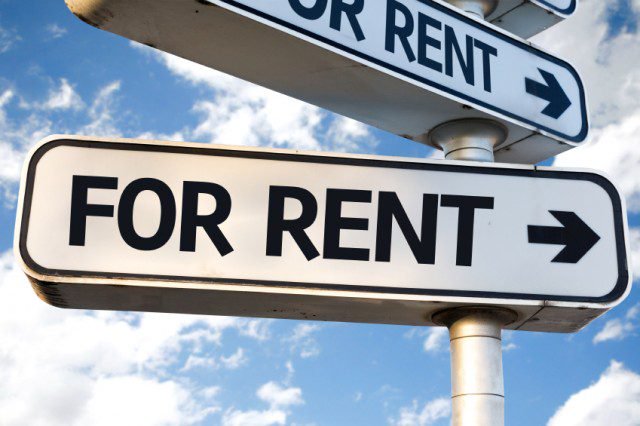Thanks to Crossrail and improving transport links, property in London’s Zones 3 and 4 is proving more lucrative than ever.
Property investors and homebuyers are beginning to look beyond central London in favour of Zones 3 and 4, which will benefit from the capital’s forthcoming improving transport links.
Portico London estate agent’s resident property expert, Mark Lawrinson, highlights the latest hotspots in Zones 3 and 4 that offer affordability, improving transport links and potential for capital gains.
So where should you buy?
Tottenham Hale – Zone 3
Average house price: £492,070
Value change in the last 12 months: +£30,040 (6.5%)
Lawrinson explains Tottenham Hale’s appeal: “With pride of place on the proposed Crossrail 2 map, Tottenham Hale has the potential to be the next big transport hub. It already offers its residents affordable housing, a newly improved train and Tube station on the Victoria Line, plus the Stansted Express, which runs every half hour and kicks off from 3.40am.
“According to Haringey council: ‘Tottenham is the next chapter of London’s regeneration story,’ and we’re already seeing new builds popping up left right and centre. According to Zoopla data, prices have increased by 0.75% from January 2017. If Crossrail 2 is given the green light, investors are going to be racing to purchase property here.”
Wood Green – Zone 3
Average house price: £504,104
Value change in the last 12 months: +£23,494 (4.9%)
What’s the appeal of Wood Green?
“Wood Green, just west of Tottenham, is another hotspot on the projected Crossrail 2 map and the target of substantial regeneration. The high-speed line will connect the north London district to Highbury and Islington, the popular Haringey Ladder (an area between Green Lanes and Wightman Road formed of Victorian streets and family homes), and Finsbury Park.
“Prices here are very reasonable compared to neighbouring areas like Crouch End, plus the council is doing a lot to transform the area into a desirable first buyer hotspot. Work is already underway to build 4,500 new homes and a thriving town centre, plus create up to 4,000 new jobs, which will undoubtedly bring new people to the area.”

Where to Buy Property in London’s Zones 3 and 4
Forest Gate – Zone 3
Average house price: £406,385
Value change in the last 12 months: +£8,115 (2.0%)
Lawrinson looks at Forest Gate: “Forest Gate is an area with fantastic investment potential. House prices here are continuing to rise and defy gloomy Brexit market conditions, but the area remains affordable, with the average price still well under the £500,000 mark.
“For years, it’s been an undervalued area, so prices here still have room to go up – unlike many areas in the capital. And as we tiptoe closer to 2018, when services on the Elizabeth Line will start the run, demand for property in the area will soar.”
Crystal Palace – Zone 3/4
Average house price: £409,796
Value change in the last 12 months: +£8,196 (2.0%)
Why should you invest here?
“Dubbed the new Brixton, Crystal Palace is climbing up the property ranks, thanks to good value, period property, trendy local haunts and the Overground, which goes direct to Victoria, Highbury and Islington, and a range other destinations.
“The Crystal Palace Park Regeneration Plan, which is currently under development, will restore the historic park, adding a new café and skatepark, and renewing the park’s infrastructure.”
Forest Hill – Zone 3
Average house price: £537,018
Value change in the last 12 months: +£14,184 (2.7%)
Lawrinson explains its appeal: “We’re seeing a huge number of homeowners being priced out of other trendy parts of south London, like Brixton and Peckham, and settling in more affordable patches of southeast London.
“Forest Hill has a huge amount to offer its residents: it’s leafy, full of Victorian property stock and you can get into trendy East Dulwich on the bus in five minutes.”
Leyton – Zone 3
Average house price: £417,365
Value change in the last 12 months: +£10,973 (2.7%)
“Leyton is another east London pocket with investment potential; here, Londoners can buy a spacious house with a garden for the space price they could buy a small flat more centrally, and they’ll also benefit from green space and good schools,” says Lawrinson. “Leyton has also piggy backed on nearby Olympic town Stratford’s regeneration, and we’re starting to see the area smarten up.”
Woolwich Arsenal – Zone 4
Average house price: £345,219
Value change in the last 12 months: +£5,625 (1.6%)
Why should you invest in Woolwich Arsenal?
“Your money will stretch quite far in Woolwich, with the average house price standing at a reasonable – for London – price of £345,219. There have been a spate of new developments pop up in the area over the past decade, but, unfortunately, Woolwich hasn’t had the infrastructure in place to really cement itself as a hotspot for homebuyers.
“Crossrail has completely changed this. The new Elizabeth Line station at Woolwich Arsenal will help transform the area, supporting regeneration, reducing journey times, and creating a link between Woolwich and Canary Wharf, central London and Heathrow.
“On top of this, there is a £40m proposal for a major arts hub near the new station, which will be a fantastic addition to the area and a great reason to buy here.”
Will you buy in any of these up-and-coming areas?






